The week at a glance
- Belted Kingfisher in Co Londonderry
- Slaty-backed Gull in Essex
- Pacific Divers still in Cornwall and Co Clare
- American Coot still in Co Mayo
- Pied-billed Grebe still in Co Cork
Just for once there were no more mysterious birds in gardens this week, although one of the best birds of the week (and possibly year) slipped through everyone's fingers. This was a male Belted Kingfisher seen fishing in the river at Claudy (Co Londonderry) on 6th. It was seen by just one observer but, despite extensive searching, wasn't located again. If accepted, this would be the second record for Northern Ireland, following one that was shot at Dundrum Bay (Co Down) in October 1980 and is now held at the Ulster Museum. There are three records from the Republic of Ireland, in Counties Mayo, Clare and Tipperary, but none since 1985. In fact, since the 1985 bird, the only other record in the British Isles was the roaming bird seen in Staffordshire, East Yorkshire and Aberdeenshire in April 2005.
Equally frustrating for many was the brief reappearance of last week's Slaty-backed Gull, which was at Pitsea landfill (Essex) in the late evening of 3rd. With no public access to the site, searches in adjacent areas and loafing sites were unproductive. This wasn't the end of the story, though, as the bird was then at Hanningfield Reservoir (Essex) for just 10 minutes on 6th. Considering how far these big gulls can roam (cast your mind back to the colour-ringed Glaucous-winged Gull), this bird could be anywhere by now!
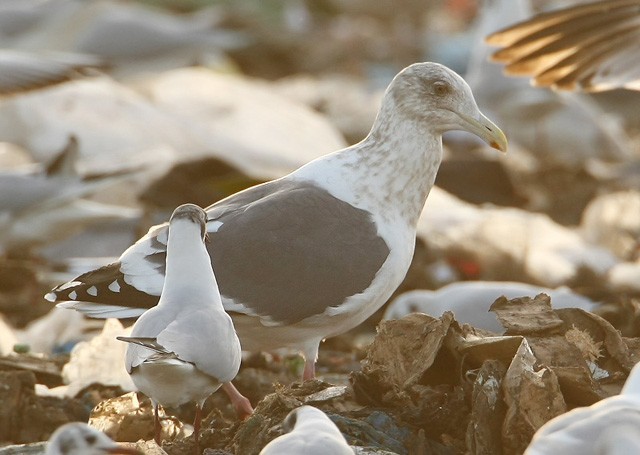
Slaty-backed Gull, Pitsea, Essex (Photo: Steve Arlow)
These were the only real new arrivals of the week, with the other megas being long-stayers, and mostly in Ireland. Those still remaining to be enjoyed included Pacific Divers at Marazion (Cornwall) and again off Finvarra Point (Co Clare) on 9th — where there were also 20 Great Northern Divers on 7th — the American Coot at Termoncarragh Loch (Co Mayo) on 7th, and Co Cork's Pied-billed Grebe, which moved again and was seen at Cobh on 3rd. The Norfolk Lesser White-fronted Goose appears to have now left, along with most of the Taiga Bean Geese it was with.
The regular Snow Goose was back at Craobh Haven (Argyll) this week, reported on 5th–8th. Others remained with Greylag Geese at Portmore Lough (Co Antrim) to 6th and Gremista (Shetland) to 5th. New birds were at Termoncarragh Loch (Co Mayo) on 6th and Aghagallon (Co Antrim) on 7th, though one reported from East Fortune (Lothian) on 8th may not have been genuine. Both the Norfolk Ross's Geese remained, seen around Great Yarmouth and Berney Marshes and in the Holkham area all week.
Just one of the Suffolk Black Brants remained, at Felixstowe Ferry to 4th, though there were two at Ferrybridge (Dorset) on 3rd and at Wells-next-the-Sea (Norfolk) to 6th. Singletons were at Farlington Marshes (Hampshire) on 3rd–6th and at Fishbourne (West Sussex) on 3rd, with possibly the same at Thorney Island on 6th, where there were also two Sandwich Terns. In Hampshire, the Red-breasted Goose was at Hook-with-Warsash to at least 6th, and one at Dawlish Warren (Devon) on 5th moved to Starcross on 6th–8th where it was seen to be carrying a single faded colour ring, perhaps suggesting a feral origin. Also of dubious origin was the Lesser Canada Goose that was at Wigg Island (Cheshire) on 3rd.

Black Brant, Wells-next-the-Sea, Norfolk (Photo: John Miller)
The only Ferruginous Duck was at Cockshoot Broad (Norfolk), present to at least 8th. Several of last week's Ring-necked Ducks also hung around, with birds at Fleetwood (Lancashire), Gwithian (Cornwall), Cowpen Bewley (Cleveland), Nosterfield Quarry (North Yorkshire), Loch Evelix (Highland), Lough Cowey (Co Down) and Bosherston Lily Ponds (Hampshire).

Ring-necked Duck, Fleetwood, Lancashire (Photo: Michael Foley)
New Green-winged Teal were at Belclare (Co Galway) on 6th and Bowesfield Marsh (Cleveland) on 7th–9th, and a probable was at Connaught Water (Essex) on 5th. Others remained at Shapinsay (Orkney) to 3rd, Tacumshin (Co Wexford) to 5th, Kilcoole (Co Wicklow) to 8th and Inner Marsh Farm (Cheshire) to 9th.

Green-winged Teal, Belclare, Galway (Photo: Dermot Breen)
The two long-staying American Wigeon were again at Cley Marshes (Norfolk) and Rutland Water all week, with the bird at Udale Bay (Highland) reappearing again on 4th–6th. Most Lesser Scaup also stayed put, with birds still at Slimbridge (Gloucestershire), Dozmary Pool (Cornwall) and Cosmeston Lakes (Glamorgan) all week. There was just one new bird, at Lough Ennell (Co Westmeath) on 8th.
Just a single report of Surf Scoter was received this week, with one again off Ruddon's Point (Fife) on 8th. The female King Eider was back at West Voe of Sumburgh (Shetland) on 6th, when there was also a first-winter drake off Scatness, and the Northern Eider was again at Embo (Highland) on 9th, with 360 Long-tailed Ducks. Smew were still widespread, with most birds concentrated in central and southern England. There were none in Wales and just three in Ireland; one at Lough Beg (Co Londonderry) on 3rd and two drakes at Inch Island Lake (Co Donegal) on 6th. Other notable birds were two redheads on Loch of Tingwall (Shetland) on 7th and another on Loch of Clickimin (near Lerwick) on 4th–6th. The peak count was an incredible five drakes and 29 redheads at Needingworth Quarry Lakes (Cambridgeshire) on 3rd.

Smew, Loch of Kinnordy RSPB, Angus & Dundee (Photo: Barry Farquharson)
On the sea, there were two Sooty Shearwaters past Portland (Dorset) on 5th and another past Durlston (Dorset) on 6th. A White-billed Diver was in South Nesting Bay (Shetland) on 7th. Also of note was the variety of grebes in Studland Bay (Dorset) on 7th, with one Red-necked, nine Slavonian and an impressive 70 Black-necked reported from there.
There was a probable White Stork on the roof of a house in Biggleswade (Bedfordshire), seen briefly on 9th. Great White Egrets were reported from four regular sites, with up to five still at Ham Wall (Somerset) on 5th. There was just one new bird, at Lough Corrib, Angilham (Co Galway) on 6th. Guernsey's Cattle Egret was at Rue des Hougues again on 4th, with a new bird at St Winnow (Cornwall) on 5th–9th and another seen over Shapwick Heath (Somerset) on 6th. Most of the small groups of Spoonbills remained, including nine in Dorset, three in Cornwall and singles in Norfolk and Co Cork. There seemed to be plenty of reports of Bitterns this week, though this may not be a real pattern. Most were in the south, including six at Rye Harbour (West Sussex) on 3rd, with the furthest north reported in flight at Loch Lomond (Clyde) on 8th.

Great White Egret, Blashford Lakes HWT, Hampshire (Photo: Maxwell)
Nothing much changed in the Rough-legged Buzzard world, with birds along the east coast from North Yorkshire to Kent and in Shetland, at Toft and Valla Field, Unst. Probably the only new birds were at Elmley Marshes (Kent) and Farndale (North Yorkshire). The Northern Harrier was at Thornham (Norfolk) all week and there was also another juvenile photographed at Bru and Barvas, Lewis (Outer Hebrides) on 8th, potentially the first for Scotland. With birds reported from five different counties this winter, is this really an exceptional influx, with minimal supporting cast, or are we all missing something? The Lewis bird was actually mobbing the wintering male Snowy Owl.
The possible Tundra Peregrine was again at Walmsley Sanctuary (Cornwall) to 6th and there were further reports of Black Kite, with one over Hewas Water and later at King's Wood (Cornwall) on 3rd and another at Tory Island (Co Donegal) on 8th. The Hampshire White-tailed Eagle went a-wandering this week, seen at Hordle again on 3rd and then at Lymington later the same day. It then went missing before being seen again at New Milton on 9th. The escaped Welsh Golden Eagle was also reported again at Pont-rhyd-y-groes (Ceredigion).
The Long-billed Dowitcher, now apparently moulted into a much smarter plumage, was at Poole Park (Dorset) all week, the site also holding a rather ragged first-winter Ring-billed Gull. Also in Dorset, an adult Ring-billed Gull was at Radipole Lake on 4th-6th, and others were at 10 regular sites. New birds included a second-winter at Blithfield Reservoir (Staffordshire) on 3rd and an adult at Quilty (Co Clare) on 6th.
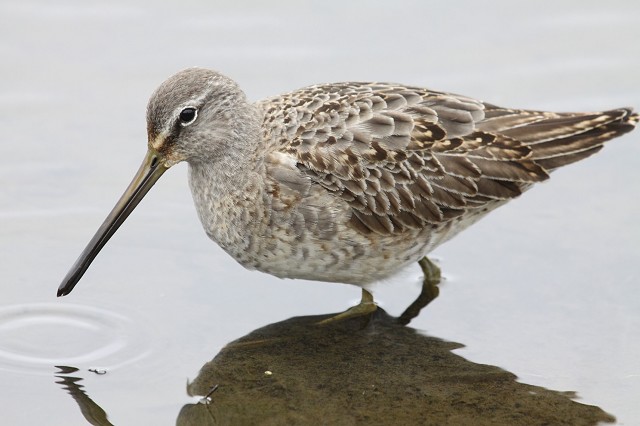
Long-billed Dowitcher, Poole, Dorset (Photo: Lee Fuller)

Ring-billed Gull, Poole, Dorset (Photo: Richard Smith)

Ring-billed Gull, Poole, Dorset (Photo: Richard Ford)
Glaucous Gulls were reported from just 16 sites, including three juveniles on North Ronaldsay (Orkney) on 3rd. Others were with Iceland Gulls at Sutton Courtenay/Appleford (Oxfordshire), Radley Gravel Pits (Oxfordshire) and Seaton Carew (Cleveland). Other Iceland Gulls seemed to favour the coast, though there were no reports from Ireland or Wales.
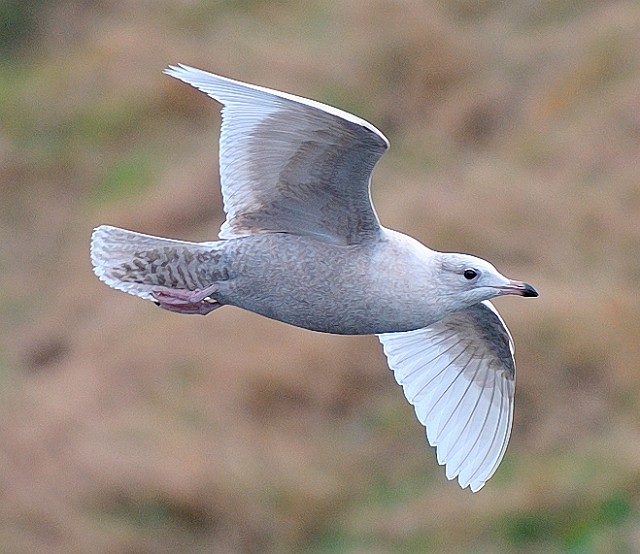
Iceland Gull, Edinburgh, Lothian (Photo: Mike Thrower)
Ireland did see the return of the adult Bonaparte's Gull, at Cobh and Cuskinny Marsh (Co Cork) on 6th, and there was further gull interest in the form of a possible adult American Herring Gull in Galway Docks on 5th. Another possible, a second-winter, was also at Sennen Cove (Cornwall) on 7th and, also in Cornwall, a second-winter Azorean Yellow-legged Gull was at St Just on 9th. The Forster's Tern also remained, seen with 6 Sandwich Terns at Doorus (Co Galway) on 5th.

Bonaparte's Gull, Cobh, Cork (Photo: Ronan McLaughlin)
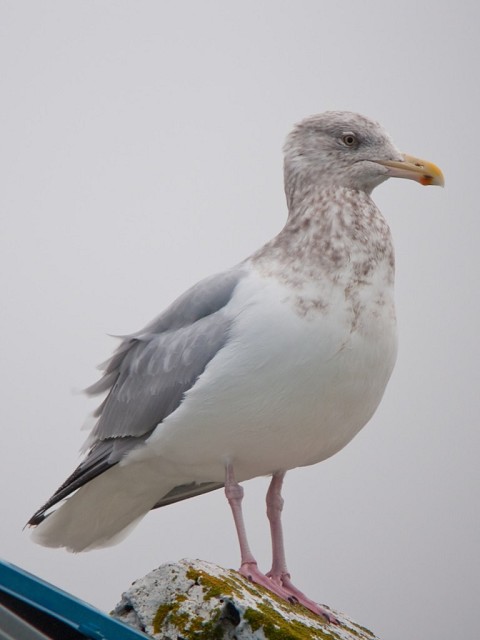
American Herring Gull, Galway, Galway (Photo: Tom Cuffe)
The usual flocks of Shore Larks were still in residence, with peak counts of 21 at Gibraltar Point (Lincolnshire) and 12 at Dingle Marshes (Kent). The only bird in the west was the singleton that remained at Warton, near Carnforth (Lancashire) to at least 8th.

Shore Lark, Dingle Marshes SWT, Suffolk (Photo: Tony Belsham)
Interestingly, there seemed to be an increased number of reports of Waxwings back in Scotland this week, including 80 in Dunblane (Forth), 70 in Bearsden (Clyde) and birds at several sites in Highland. The majority were still in central and southern England, though, and peak counts were of 294 in Stockport (Manchester), 150 in Washington (Durham), 130 in Camberley (Surrey), 125 in Linslade (Bedfordshire) and 122 at Pitsea (Essex).

Waxwing, Consett, Durham (Photo: Ron Hindhaugh)
Great Grey Shrikes remained at around 14 regular sites across the country. The only new birds reported were at Wentwood Forest (Gwent) on 3rd–8th, Longcross Plain (Hampshire) on 3rd–8th, Yarner Wood (Devon) on 7th, Corton Down (Wiltshire) on 8th and one caught and ringed at Bawdsey (Suffolk) on 4th.

Great Grey Shrike, Barton, Cambridgeshire (Photo: Willie)
One 'possible' worthy of mention was a possible Black-throated Thrush seen from a bus in Norwich (Norfolk) on 3rd. Although seen reasonably well, the bird couldn't be relocated. In Cornwall, the first-winter Rose-coloured Starling remained in gardens in Penzance all week. New in this week were two Penduline Tits at Rainham Marshes (London) on 7th, with one then heard calling at nearby Crayford Marshes in the afternoon. Up to two Coues' Arctic Redpolls were again at Rainton Meadows (Durham) all week, with others at Rising Sun Country Park (Northumberland) on 9th and a probable still at Fairburn Ings (West Yorkshire) on 5th.
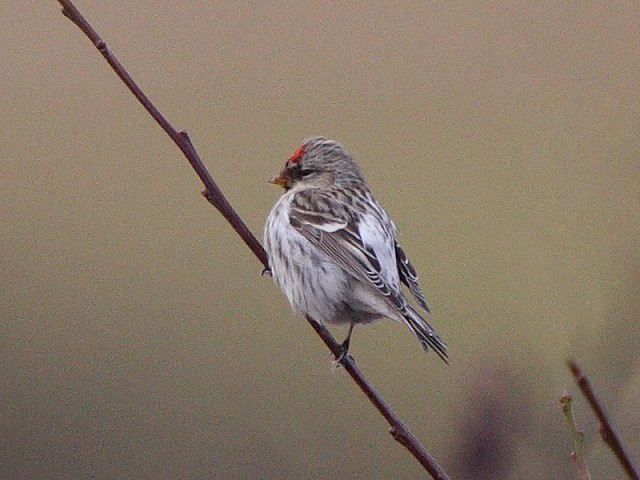
Coues' Arctic Redpoll, Rainton Meadows DWT, Durham (Photo: Mark Newsome)
There were still a fair few Lapland Buntings around, mostly in coastal areas. Vaguely inland were birds at Buckenham Marshes (Norfolk) on 5th and seven over Shirlaw Pike (Northumberland) on 8th. The only decent count was of 25 still at Mersea Island (Essex) on 6th. In Kent, the two groups of Northern Long-tailed Tits remained, with five at Dymchurch and one again at Kingsdown on 4th–5th. The Central Asian Lesser Whitethroat was at Drogheda (Co Louth) all week and finally Northern Bullfinches were reported from Bragar, Lewis (Outer Hebrides) on 4th, Dunwich (Suffolk) on 6th and Brae (Shetland) on 7th.

Northern Long-tailed Tit, Dymchurch, Kent (Photo: Steve Ray)
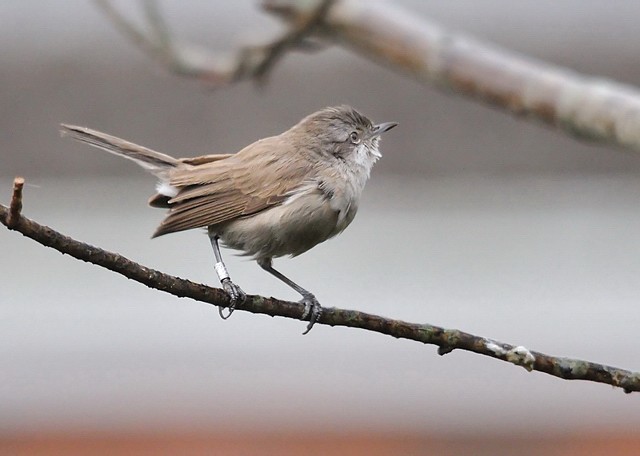
Central Asian Lesser Whitethroat, Drogheda, Louth (Photo: Ronan McLaughlin)
Photo of the Week: 3rd–9th February 2011

Common Kingfisher, Swords Estuary, Dublin (Photo: Noel Marry)
Responding to Siegbert Werner's Photo of the Year runner-up of a diving Common Kingfisher under water, photographer Noel Marry submitted a similar shot he took in an Irish river. Over the period of a year, Noel baited a submerged tank with minnows and provided an adjacent perch (not the fishy type) to encourage a local Kingfisher to dive into the tank. Gradually, Noel was able to raise the tank further and further above the water level so that he could get a clear shot through the side of the tank. Noel used a camera with a wide-angle lens adjacent to the tank that he triggered remotely from a nearby hide as the Kingfisher dived. As with Siegbert's image, whatever you think about the use of such methods, you have to admire the phenomenal amount of effort invested and the stunning results obtained.
Other notable photos

Crested Tit, undisclosed site, Highland (Photo: John Fielding)
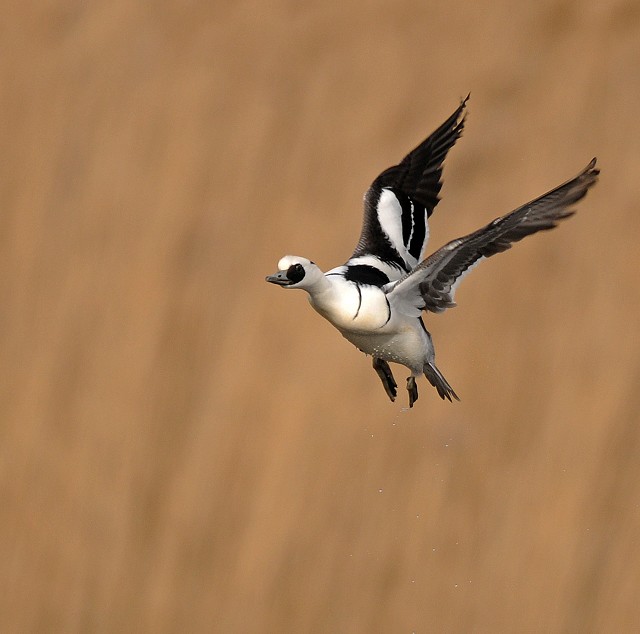
Smew, Minsmere RSPB, Suffolk (Photo: Jon Evans)

Great Thick-knee, India (Photo: Mital Patel)

Rook, Mold, Clwyd (Photo: Richard Steel)

Sparrowhawk, National Wetlands Centre, Carmarthen (Photo: Wayne Davies)
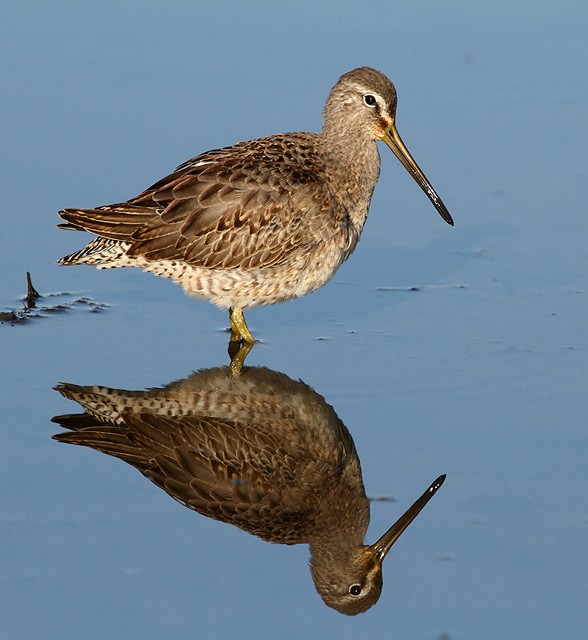
Long-billed Dowitcher, Poole, Dorset (Photo: Richard Ford)

Bullfinch, undisclosed site, Derbyshire (Photo: Robert Askew)

Hawfinch, Germany (Photo: Siegbert Werner)

Steller's Sea-Eagle, Japan (Photo: Mark Curley)

Long-eared Owl, undisclosed site, East Sussex (Photo: Mark Tomlins)

Jay, Haigh, Greater Manchester (Photo: Roy)

Coal Tit, Garstang, Lancashire (Photo: Colin Smith)

Snow Bunting, Salhouse, Norfolk (Photo: Graham Munton)

Common Redshank, Titchwell RSPB, Norfolk (Photo: Daniel Trim)
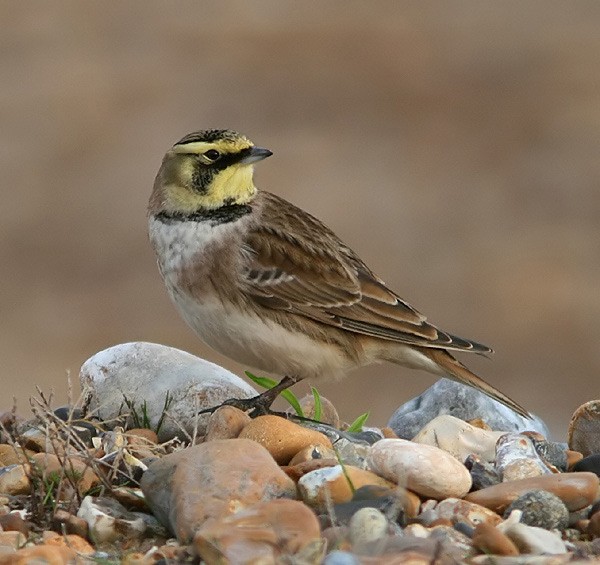
Shore Lark, Reculver, Kent (Photo: Marc Heath)

Firecrest, Dungeness RSPB, Kent (Photo: Steve Ashton)
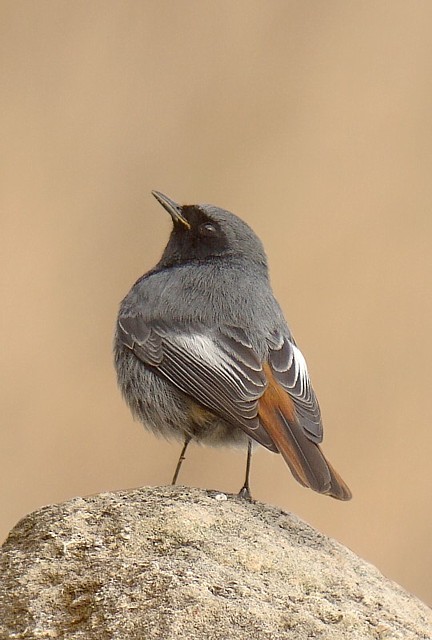
Black Redstart, Seaton Hole, Devon (Photo: Karen Woolley)

Starling, Leighton Moss RSPB, Lancashire (Photo: Brian Rafferty)

